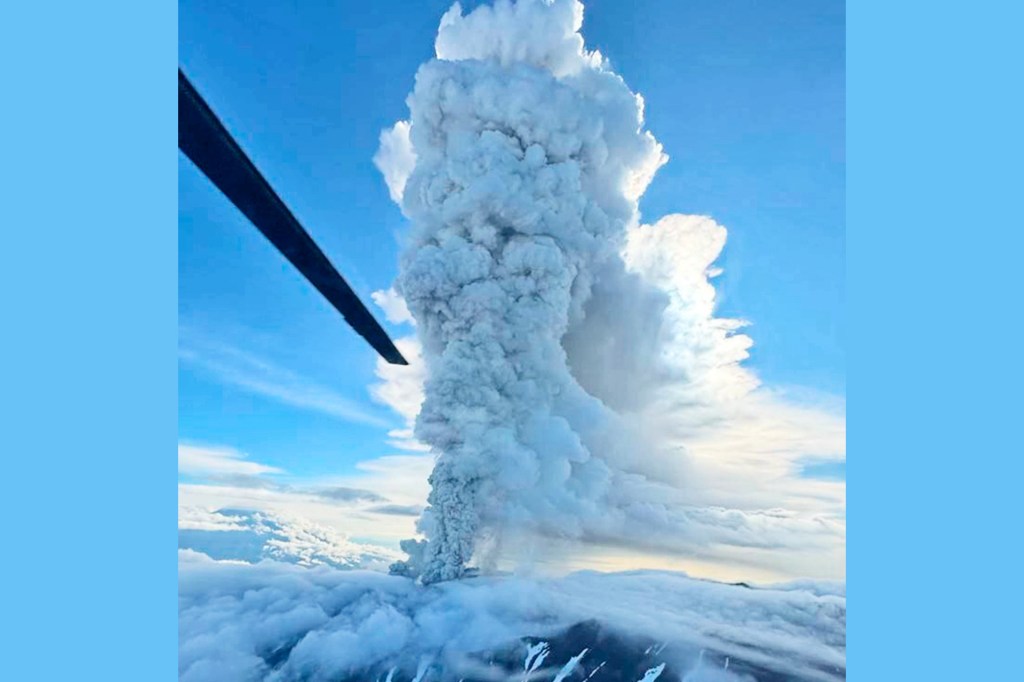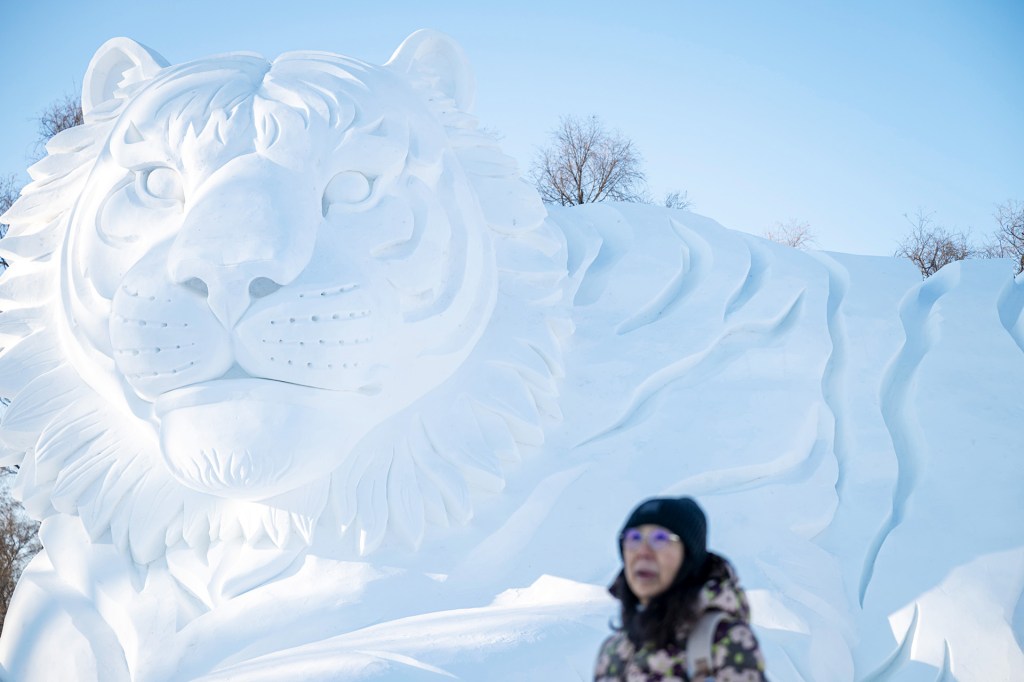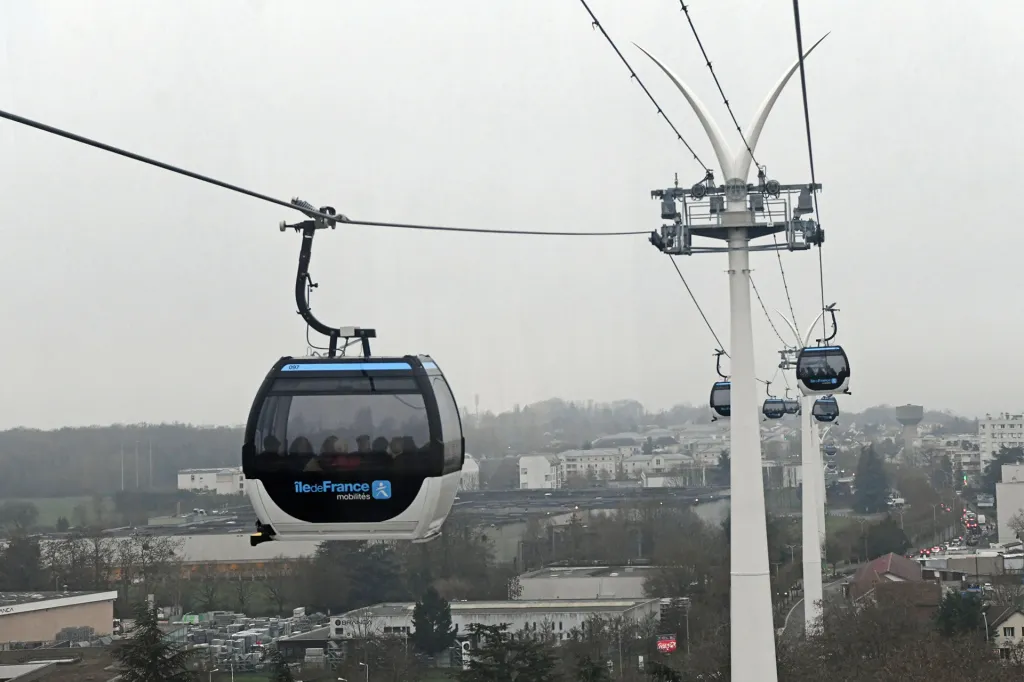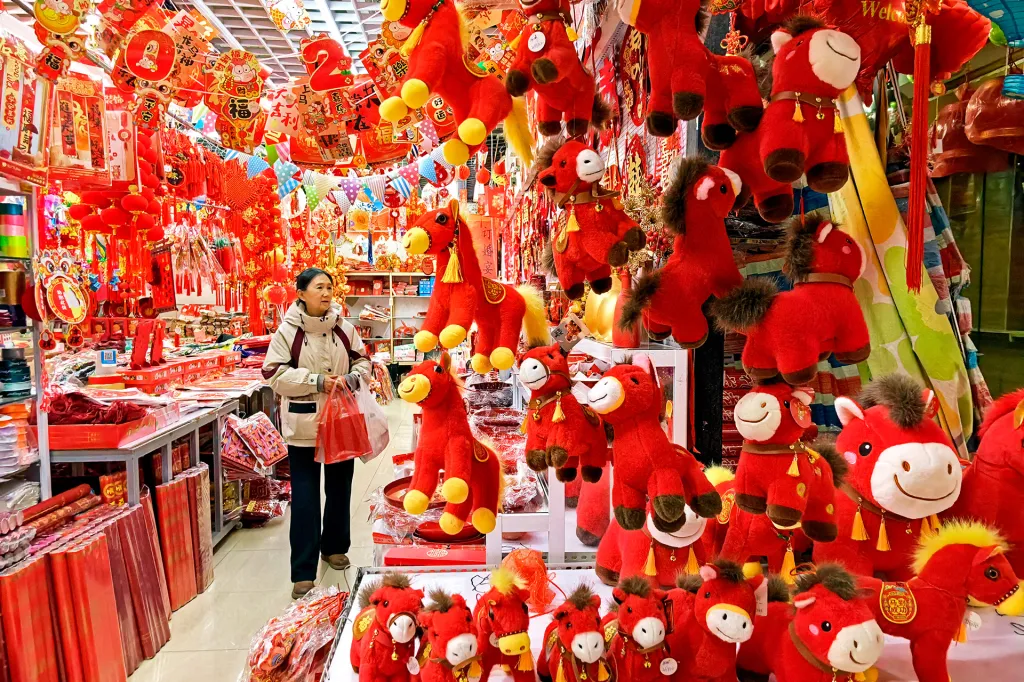Historic Eruption

The sixth-strongest earthquake in history hit Russia on July 29. It happened on the country’s Kamchatka Peninsula. The quake may have contributed to the eruption of a long-dormant volcano.
The Krasheninnikov volcano erupted on August 3. It spewed ash clouds into the sky. Its eruption was the first in hundreds of years. Officials in Russia called it “historic.”
The volcano is located in the Kronotsky Nature Reserve. Vsevolod Yakovlev is the director there. In a statement, he said there was no threat to any people or to the reserve. “A volcanic eruption is a vivid and interesting event,” he wrote. But it’s “not something out of the ordinary.”
In 1996, the Kamchatka Peninsula got a UNESCO World Heritage Site recognition. The recognition was for its “high density of active volcanoes.” Another volcano in the area is one of the most active in the world. It also erupted recently. That was just hours after July’s big quake.
Russian officials said the quake probably made the eruptions stronger. According to the U.S. Geological Survey, large earthquakes might release gases underground that increase the pressure inside volcanoes. The effect is similar to “a shaken soda bottle,” the USGS says.
Stop and Think!
WHAT facts and details does the author include to help the reader understand the story?












